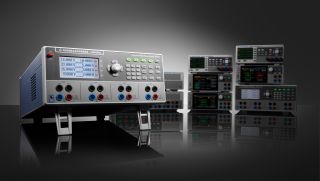R&S®ESSENTIALS | Power supply fundamentals
Basics of power supplies and source measure units
Step-by-step guides to mastering the fundamentals
Bench power supplies provide a stable, adjustable output of electrical power - they are central to any electronic test setup! Key features include variable voltage and current settings, precise voltage and current regulation and multiple output channels.
These articles will walk you through the fundamentals of power supplies and source measure units (SMU), along with related applications. From learning the basics to understanding a specific test setup, we are your go-to resource for mastering power supplies.
Want to talk to someone about a specific product? Please get in touch with us or reach out to our distribution partners.




















